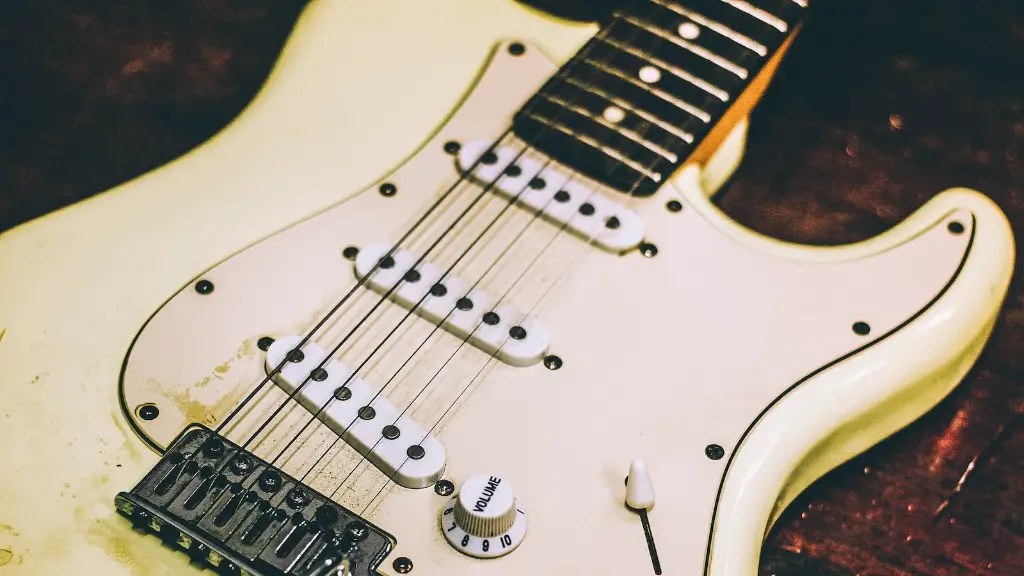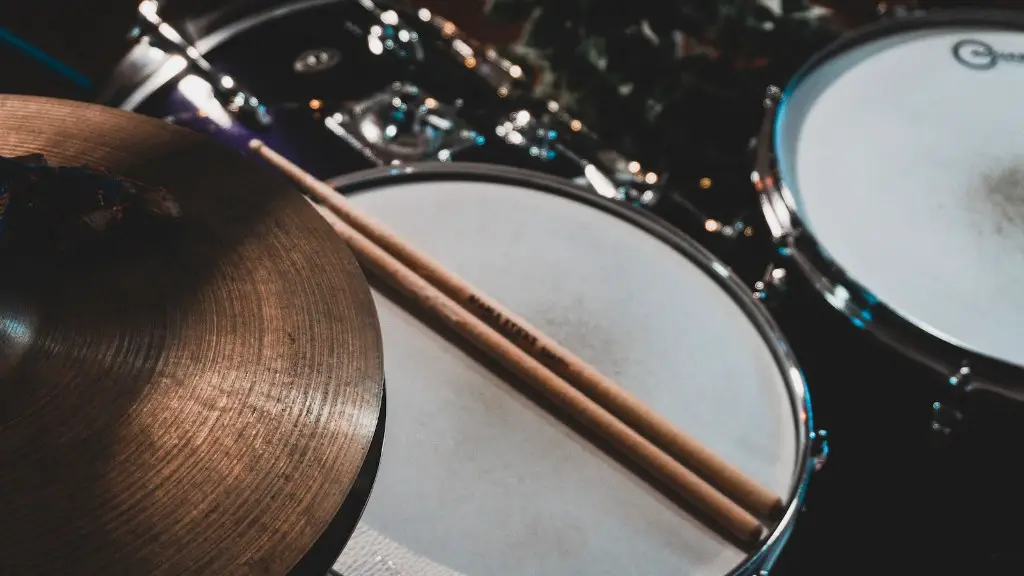Learning how to get electric guitar to sound right is an important skill for any guitarist. It can be tricky, but with practice and patience, anyone can learn how to make their electric guitar sound perfect.
The first step is to understand the basics of what makes a guitar sound great. This includes learning about the different components of an electric guitar and understanding how they interact with each other. Additionally, understanding the different types of pickups and effects can help you create a unique sound for your instrument.
Once you have a basic understanding of these components, the next step is to experiment with them. Try different combinations of pickups, effects, and amplifiers until you find a sound that you like. Also, practice playing with different techniques to see how they affect your tone. Finally, make sure to keep your equipment in good condition by regularly changing strings and cleaning it regularly.
Taking the time to learn how to get electric guitar to sound right can be rewarding and will help you improve as a musician. With practice and dedication, anyone can easily achieve great tone from their instrument!
Adjusting the Intonation
Having an electric guitar that sounds right is essential for any musician. Intonation is the process of setting up your guitar so that each string plays accurately in tune all the way up the neck. The good news is, it’s an easy process once you understand the basics!
The first step to adjust your intonation is to check your tuning. Make sure all of your strings are tuned properly before you begin making adjustments. Once your strings are in tune, you’ll need to adjust the bridge saddles on your guitar. This is done by loosening or tightening the screws on each saddle until they match the pitch of each string when played at a certain fret along the neck.
Once you’ve adjusted your bridge saddles, it’s important to check and adjust each string individually with an electronic tuner. This will ensure that each string plays in tune up and down the neck of your guitar. When done correctly, your electric guitar should sound perfect!
Getting Your Electric Guitar to Sound Right
The electric guitar is a powerful instrument, capable of producing a wide range of sounds. To get the most out of your electric guitar, you need to know how to adjust the settings correctly. This can be a daunting task for someone new to playing an electric guitar, but with some tips and guidance, it doesn’t have to be.
Start by adjusting the volume and tone knobs on your electric guitar. You can also use an amp or effects pedal to add more depth and texture to your sound. Experiment with different settings until you find the sound that’s right for you. The amp or effects pedal should also have its own volume and tone controls that you can adjust as needed.
Take some time to practice playing your electric guitar with different settings. This will help you learn what works best for your particular style of playing. You may find that you need to adjust the settings again once you become more comfortable with playing the instrument.
Finally, don’t forget about maintenance and upkeep! Make sure your strings are in good condition and change them when they start to wear out. Cleaning the fretboard regularly will help keep it in good condition and help prevent rust from forming on it over time. With these simple tips, you’ll be able to get your electric guitar sounding just right!
Cleaning and Polishing the Electric Guitar
Maintaining an electric guitar is essential for keeping it in top condition and ensuring it produces the best sound. To get an electric guitar to sound right, begin by cleaning the strings and fretboard using a soft cloth. Then polish the body with a good-quality polish or wax. Use a toothbrush to help get into hard-to-reach areas. For deep cleaning, disassemble the guitar, taking care to protect the finish and electronics before cleaning each part with a damp cloth or brush.
It’s important to keep all of the hardware on your electric guitar in good condition by regularly lubricating moving parts such as bridges and tuners. For volume and tone knobs, use contact cleaner to remove dirt buildup while avoiding contact with other electronics. It’s also important to occasionally adjust your pickups if they seem too low or too high. Finally, make sure all screws are tight so that the guitar sounds its best.
Using Effects Pedals and Processors to Get Electric Guitar to Sound Right
Getting the perfect sound for your electric guitar can be tricky, but with the help of effects pedals and processors, you can get the sound you’re looking for. These devices allow you to control the various parameters of your sound, from distortion and reverb to chorus and delay. Experimenting with different combinations of effects can give you a unique tone that fits your style. A good place to start is by using distortion pedals to add some bite and sustain to your playing. Next, try using reverb or delay for added depth and texture. Finally, experiment with chorus or tremolo for some added movement in your sound.
For a truly modern sound, consider investing in an all-in-one processor that combines multiple effects into one device. This way, you can customize all aspects of your tone in one place without having to worry about connecting multiple pedals together. The possibilities are endless when it comes to creating a unique sonic landscape, so take the time to experiment with different effects combinations until you find something that works for you!
Setting Up Amplifiers and Speakers
Getting the right sound out of your electric guitar is a matter of setting up the amplifier and speakers correctly. To do this, you’ll need to determine the wattage of your amplifier, as this will dictate how loud it can be and what type of speakers you’ll need. Additionally, you’ll want to make sure that the impedance of the speaker matches that of the amplifier. Once you have the correct components in place, you can begin adjusting your tone by adjusting the EQ settings on your amplifier. Be sure to experiment with different settings, as this is key to achieving the desired sound. Finally, if possible, try out a few different amps and speakers to find one that best suits your needs. With patience and experimentation, you’ll be able to get just the right tone out of your electric guitar.
Choosing the Right Electric Guitar Pickups
Selecting the right pickups for your electric guitar is key to getting the sound you want. Pickups are magnets that capture the sound of the strings and convert it into an electrical signal. The type of pickup you choose will determine how much sustain, tone and clarity you get. Single-coil pickups are bright and twangy, while humbuckers are warmer and thicker sounding. Both will provide a different tone to your guitar, so it’s important to decide which one works best for your playing style.
When choosing pickups, consider their output levels and range of sounds available. Higher output pickups increase the power of the signal sent to your amplifier, giving greater sustain and distortion effects. If you’re looking for a classic sound, consider vintage-style pickups for a more authentic blues tone. For modern metal styles, consider humbuckers with higher output levels for a more aggressive sound. Once you have chosen your pickup, installation is an easy process. To get the most out of your new pickup, make sure you set it up correctly in order to achieve balance between each string and avoid any unwanted noise interference.
Wrap Up
To get your electric guitar to sound right, there are a few steps you need to take. First, you need to make sure the strings are in good condition and tuned correctly. Second, use the right pickups and amp settings. Third, experiment with different effects pedals and amps. Finally, practice regularly to hone your playing technique. By following these steps, you can get your electric guitar sounding great in no time.





